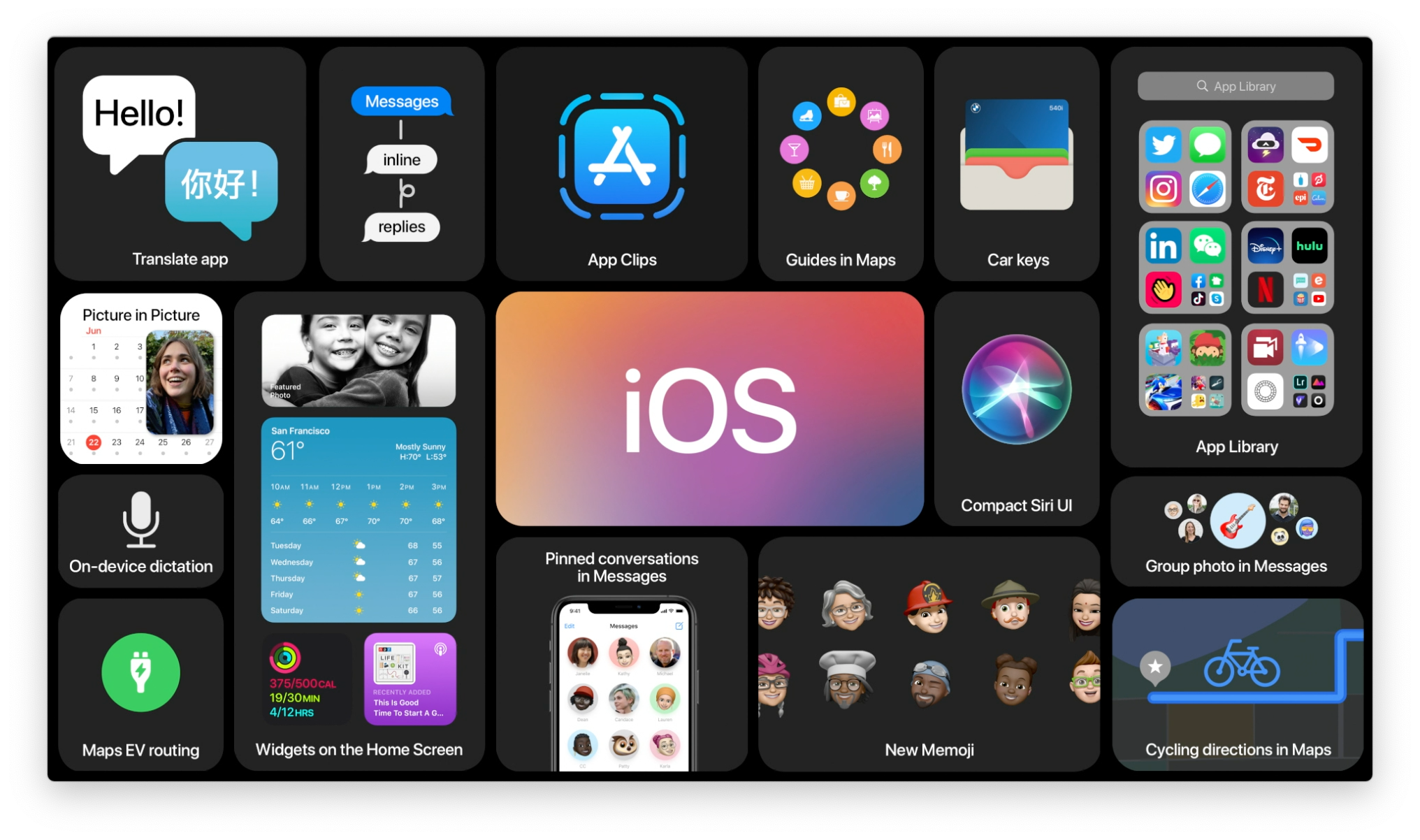How iMessage became the world's most important invisible social network
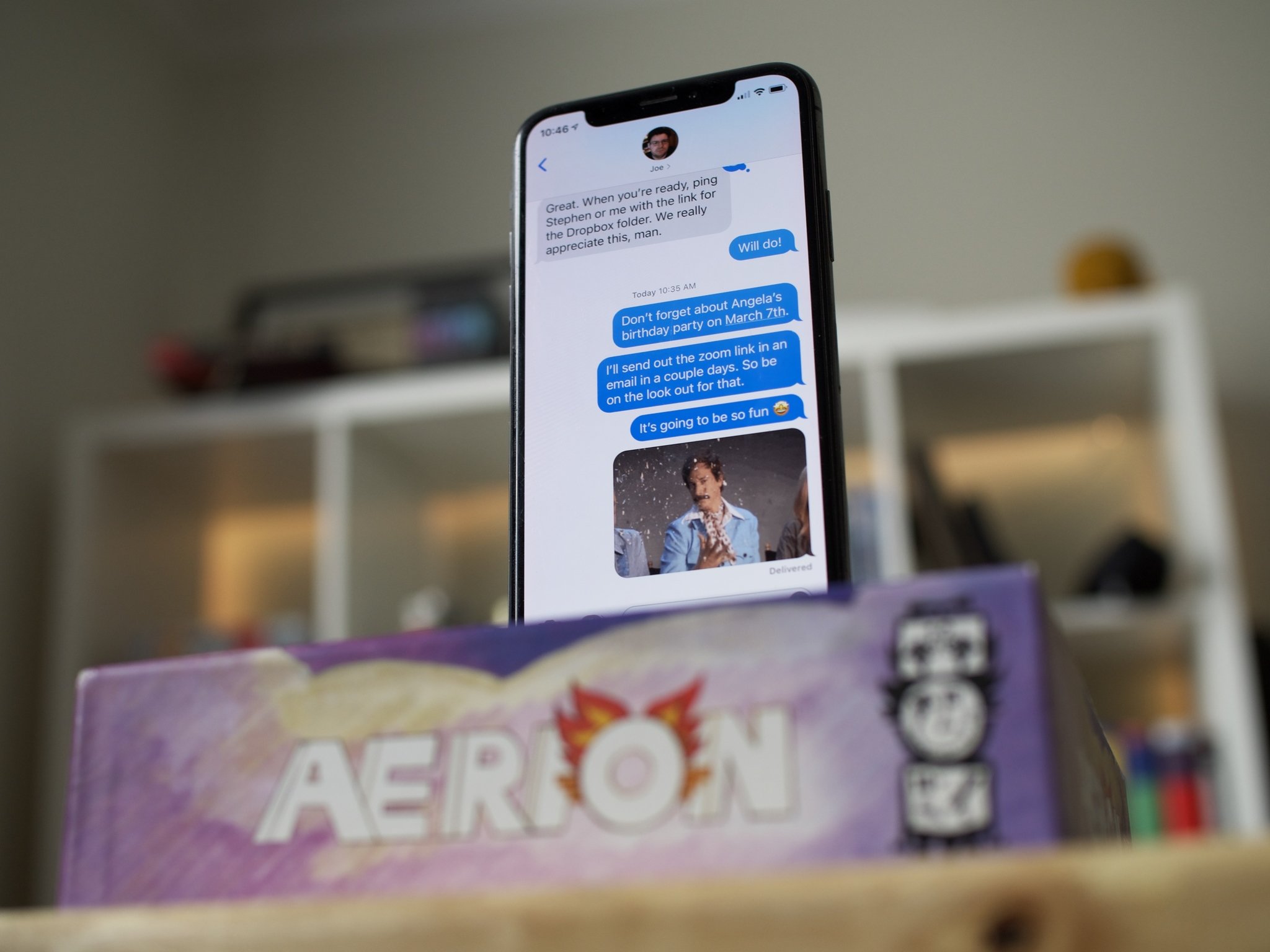
Believe it or not, your iPhone is actually a host of a secret ongoing war between two factions, and most of that war is playing out right under your nose. You can see and feel the effect of the secret war right inside the Messages app in iOS 14. That's right — I'm talking about the Blue Bubble Brigade vs. the Green Glob Goblins. Or, if you don't live in a weird fantasy world as I do, iMessage vs. SMS.
iMessage might be the single best iPhone feature. People often talk about how Apple's ecosystem is designed in such a way that makes it hard to leave, and iMessage may be the most perfect example of that. It has shaped the way we communicate with other Apple users. When you get a blue bubble message in your Messages app, a part of you likely feels good, like you're part of a super-secret club. That's how most social networks are designed to work. They make you spend as much time interacting with them as possible. If I was to add up all the hours I spend on my iPhone in various apps, I guarantee you Messages would likely be among the top of my most used apps, and sending blue bubbles back and forth to friends is a big reason why.
iMessage: A quick history lesson
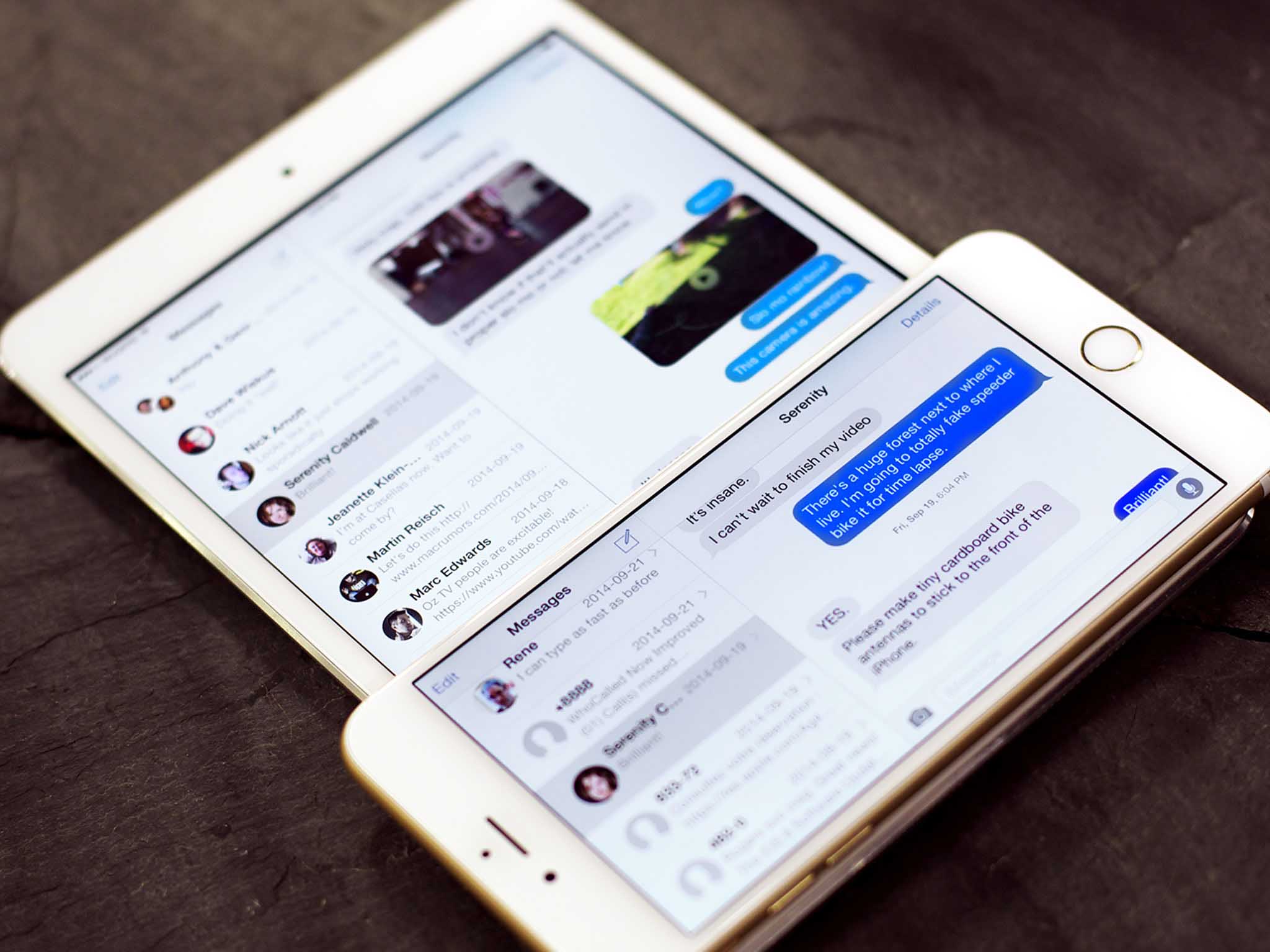
When the iPhone launched in 2007, iMessage wasn't a thing. I know it's hard to believe that blue bubbles didn't always exist, but it wasn't until 2011 that iMessage was born. It was designed as a way to communicate with all Apple devices and rolled out in various forms to iPhone, iPad, and Mac.
In 2016, during an Apple keynote event, we were told that roughly 200,000 iMessages are sent every second, and there's no doubt in my mind that number is much high in 2021.
iMessage: The social network you didn't know you were using
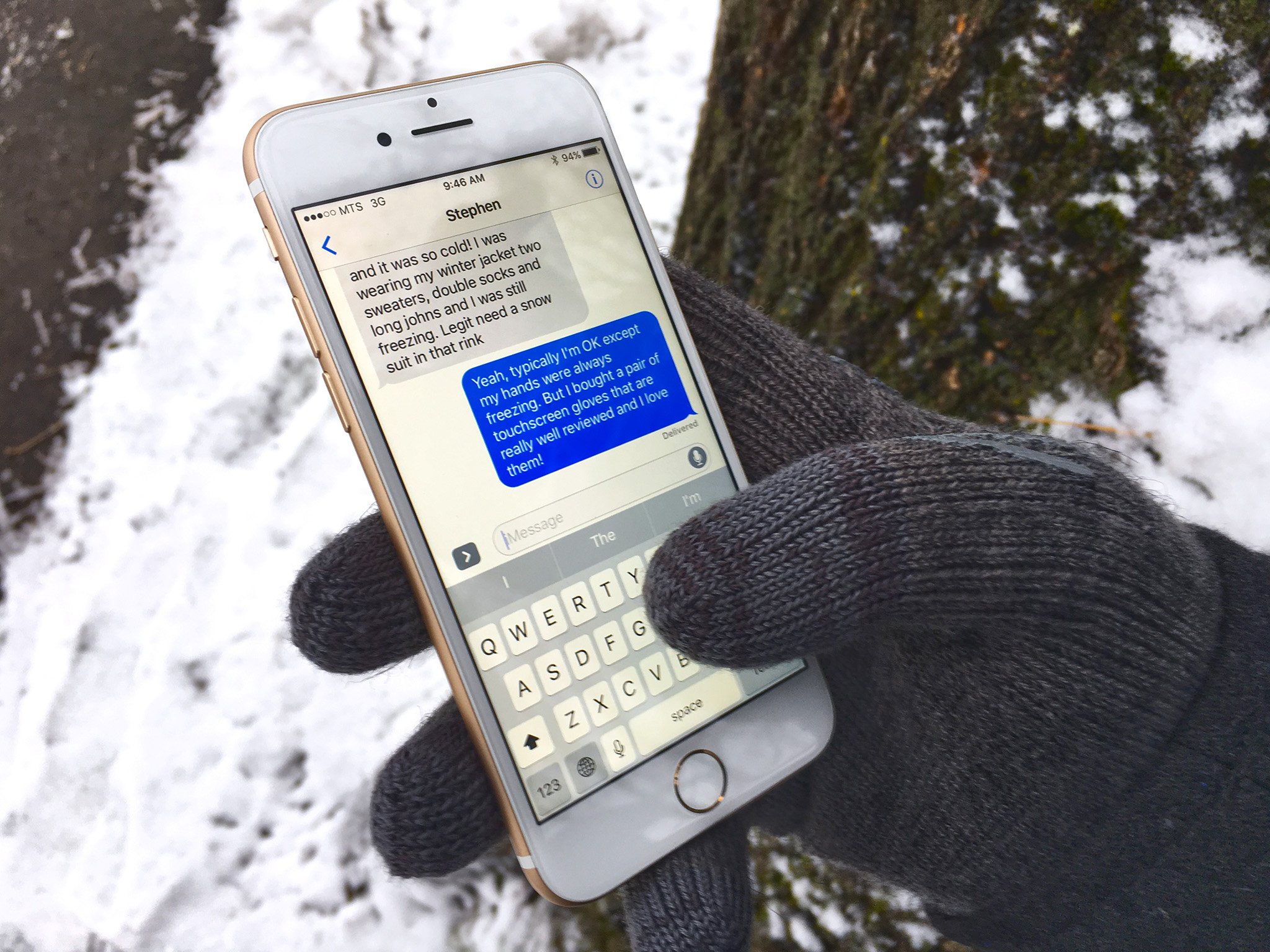
When you hear the term social network, you probably think of the big social media platforms like Facebook, Twitter, Snapchat, and Tik Tok — iMessage is likely not even in the conversation.
Why is that? After all, a social network is defined as "an application that enables users to communicate with each other by posting information, comments, messages, images, etc." iMessage has slowly, but surely, been adding features all the time that let users communicate in so many different ways, and typically, those features end up becoming staples in my day-to-day messaging.
Once you learn how to use tapbacks in iMessage, or realize your favorite GIF-generating app has an iMessage app, it becomes impossible not to use them all the time. It spices up the bland communication format that is SMS and offers its own twist on the experience.
Sharing pics, uploading GIFs, sharing contact info, transferring money, adding events to your calendar — the list goes on. There's nothing you can't do with the power of iMessage and those beautiful blue bubbles.
More navigation links:
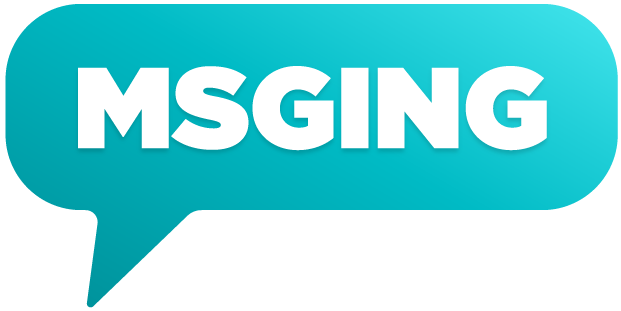
- iMessage is Apple's hidden social network
- Instagram's bigger than you think
- Do Slack and Teams count as "messaging"?
- Apple, let us leave group SMS chats
- RCS vs. SMS vs. iMessage
- Google's messaging failures
- How to switch your family to a new service
- Telegram vs. Signal vs. WhatsApp
- iMessage is popular...in America
Master your iPhone in minutes
iMore offers spot-on advice and guidance from our team of experts, with decades of Apple device experience to lean on. Learn more with iMore!

Luke Filipowicz has been a writer at iMore, covering Apple for nearly a decade now. He writes a lot about Apple Watch and iPad but covers the iPhone and Mac as well. He often describes himself as an "Apple user on a budget" and firmly believes that great technology can be affordable if you know where to look. Luke also heads up the iMore Show — a weekly podcast focusing on Apple news, rumors, and products but likes to have some fun along the way.
Luke knows he spends more time on Twitter than he probably should, so feel free to follow him or give him a shout on social media @LukeFilipowicz.
